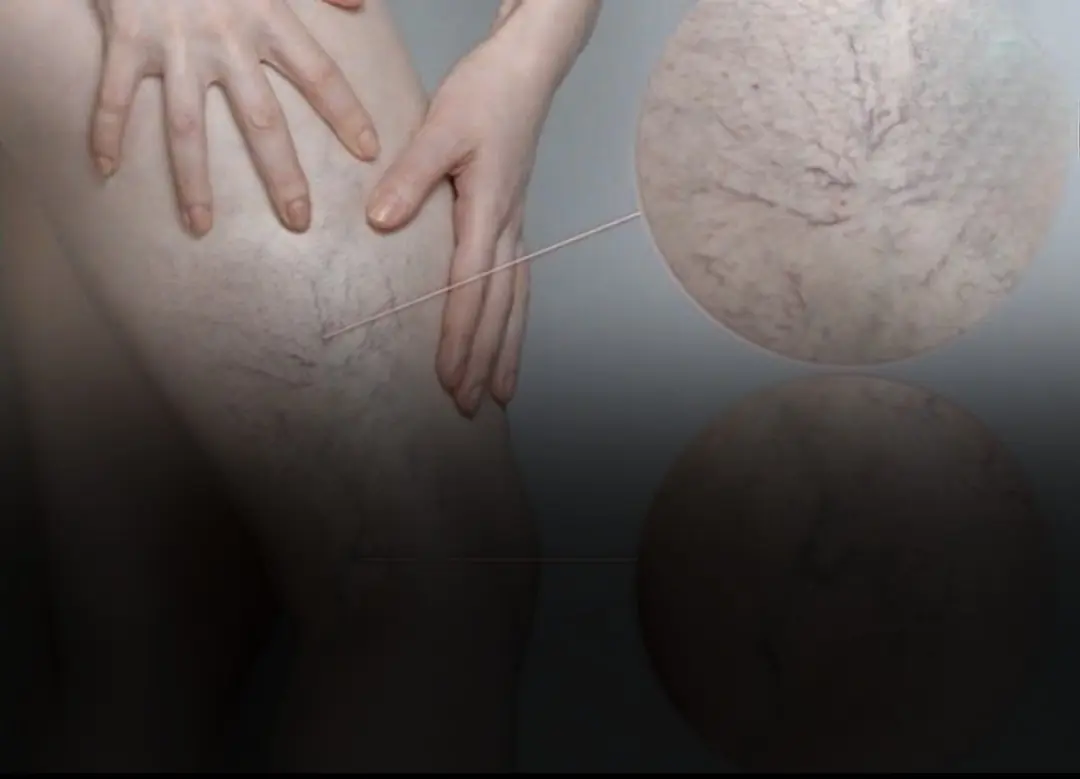
Always pay attention when using electricity
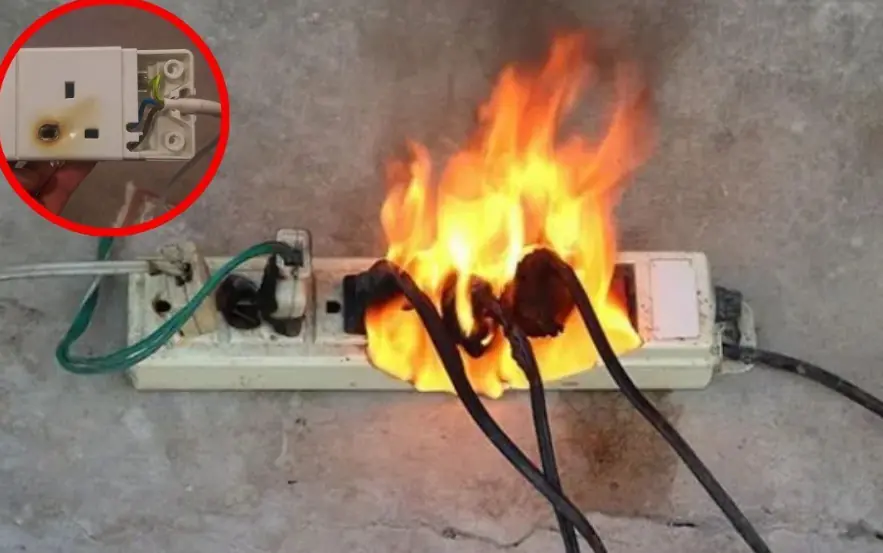
90% of People Using Power Strips Make These Mistakes, and Hidden Fire/Explosion Hazards Lurk When You Least Expect It
Power strips are everywhere, but have you made any of these common mistakes?
Today, it’s hard to imagine life without electricity—and frankly, no home is designed with enough wall outlets for every electrical device. That’s why we rely on power strips to expand our electrical capacity, turning one outlet into six or more. However, there are several critical safety rules when using power strips that we unwittingly violate every day. Let’s take a look:
1. Plugging One Power Strip into Another
Sometimes, when one power strip isn’t long enough or you need extra outlets, we “chain” several power strips together by plugging one into another. In short—never do this! Not only does this practice violate basic electrical safety guidelines, but it can also damage one or more power strips or even cause a fire.
2. Using an Indoor Power Strip Outdoors
Not all power strips are designed for outdoor use unless their packaging explicitly states they’re weather- and water-resistant. If you’re using a standard indoor power strip, keep it inside and purchase a heavy-duty, outdoor-rated model for safe use outside.
3. Overloading a Low-Capacity Power Strip
Every power strip has a maximum load capacity, meaning it can only handle a specific amount of power at any given time. When overloaded, a power strip can melt, damage your property and connected devices, and even spark a fire. If you’re concerned about overloading, take a moment to calculate the total wattage of all devices plugged in—or consider a power strip with individual switches for each outlet.
4. Covering the Power Strip with Other Objects
When electricity flows through wires, electrons generate heat. Normally, this isn’t a problem, but if your power strip is covered by a rug or enclosed in a confined space that restricts heat dissipation, it can become a fire hazard. Additionally, if someone steps on it accidentally, you risk damaging both the power strip and the devices connected to it—and you might even get shocked. Always ensure that your power strip is placed in a well-ventilated area.
5. Plugging High-Power Beauty Devices into the Same Power Strip
Devices like hair dryers, curling irons, straighteners, and other beauty appliances generate a lot of heat and draw high current. Standard power strips aren’t designed to handle such heavy loads, so it’s best to plug these directly into wall outlets—preferably those protected by a Ground Fault Circuit Interrupter (GFCI).
6. Continuing to Use a Damaged Power Strip
You might have seen power strips with one or more charred outlets that are still in use, as if nothing happened. Don’t do that! A burnt outlet likely indicates internal damage in the power strip or its wiring. Continuing to use a damaged power strip increases the risk of fire or electric shock.
7. Letting a Power Strip Get Wet
It’s common knowledge that electrical devices should never get wet—but in practice, power strip-related water incidents occur frequently. Electricity and water must never mix. Never allow your power strip or any electrical device to get wet, as doing so greatly increases the risk of electric shock or a fire.
8. Placing Power Strips Where Small Chil.dren Can Reach Them
There are heartbreaking stories of chil.dren inserting their fingers, toys, or utensils into electrical outlets (both wall outlets and power strips). Never assume that chil.dren fully understand the dangers of electricity. Always educate them to stay away from outlets, install protective outlet covers on ALL wall outlets and power strips, and never leave power strips in areas where small chil.dren can easily access them—they might mistake them for toys.
By avoiding these common mistakes, you can help safeguard your home, protect your devices, and most importantly, ensure the safety of your family.
News in the same category

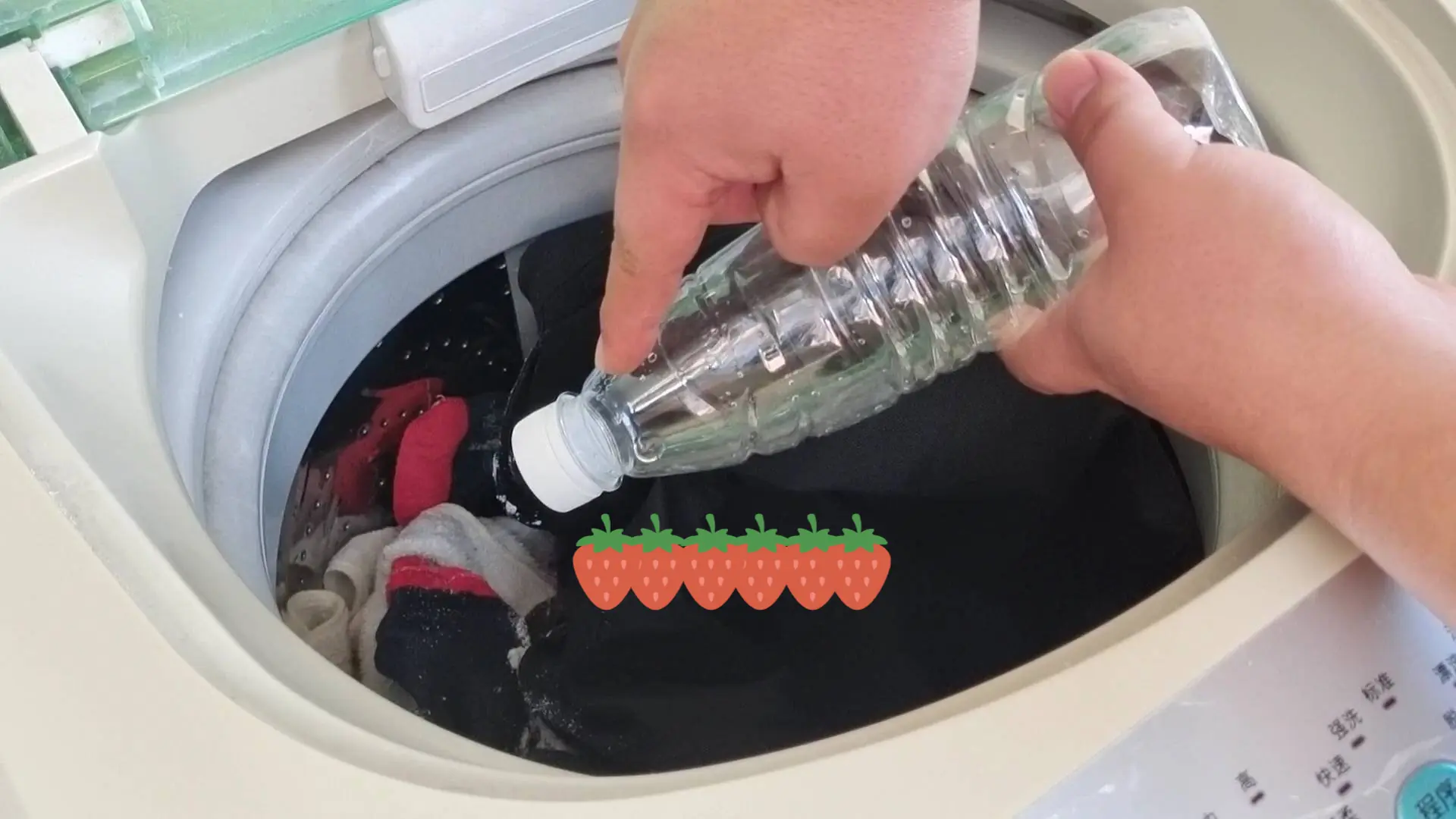
Put an empty plastic bottle in the washing machine — the person who invented this hack must have sky-high IQ
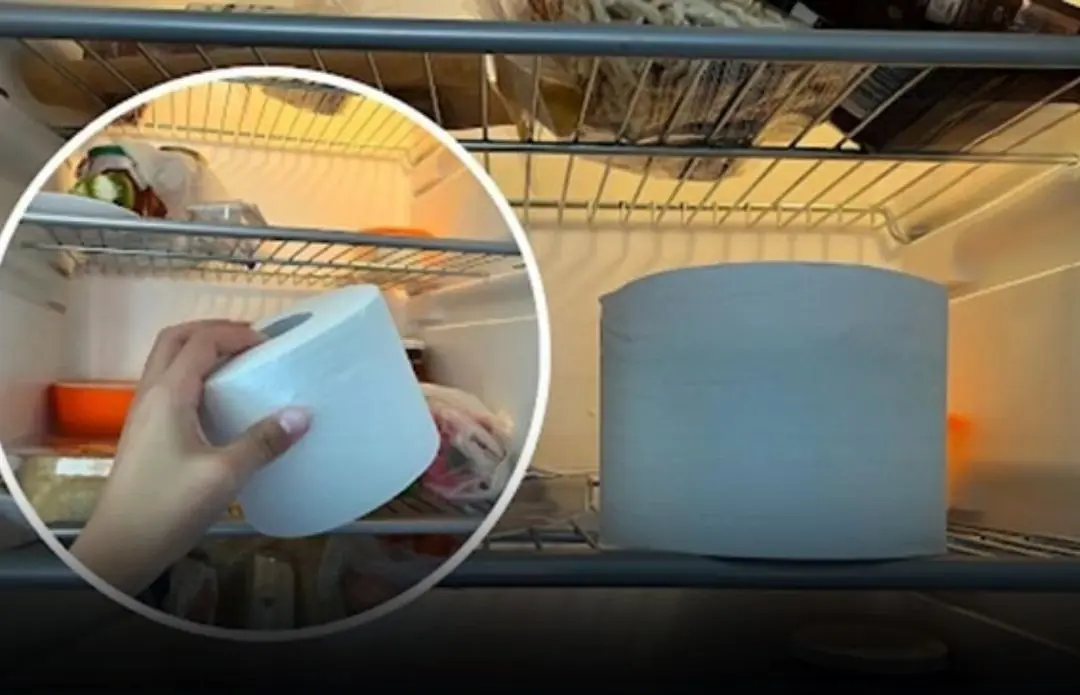
This Surprising Hack Could Save You Thousands

Warm Water Each Morning Can Be a ‘Healing Tonic’—But It Turns into ‘Toxic Water’ If You Drink It in These 3 Harmful Ways

5 Surprising Changes That Happen to Your Body When You Drink Warm Lemon Water Every Morning
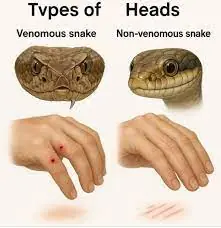
When bitt.en by a snake, you should do these things first
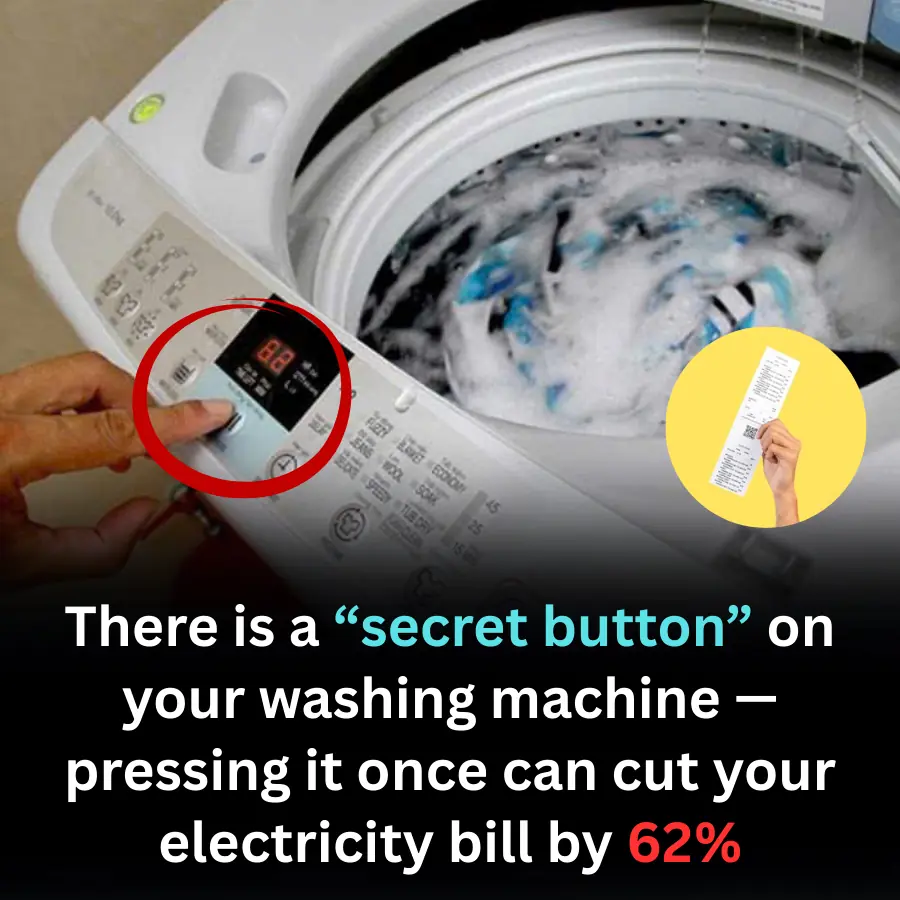
There is a “secret button” on your washing machine — pressing it once can cut your electricity bill by 62%
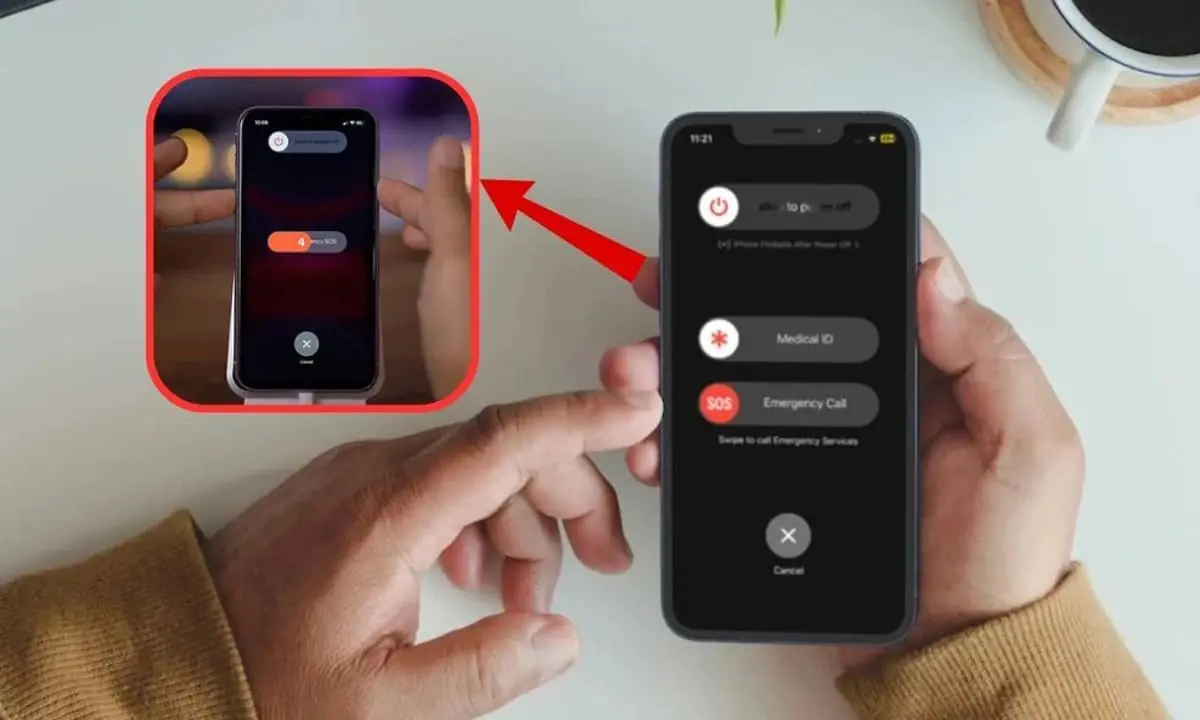
The Phone’s Volume Buttons Have 6 Hidden Functions — Extremely Practical! Not Knowing Them Is Truly a Waste!
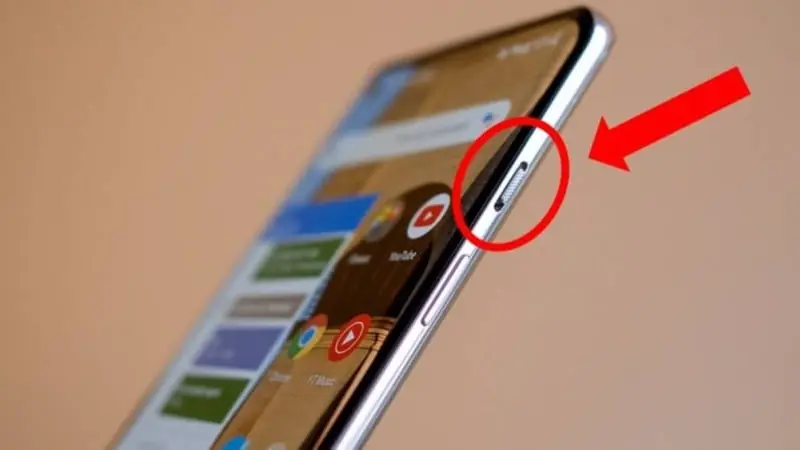
Amazing functions that many people don’t know about

3 fast and reliable methods to defrost fish safely and keep it ready for perfect cooking
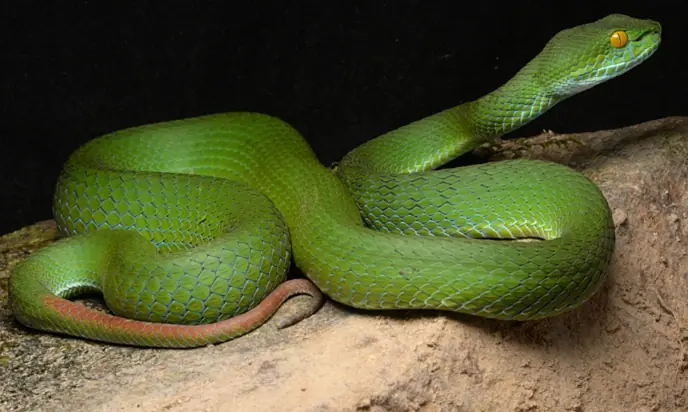
7 powerful scents that repel snakes and keep your home safe

Put them in your home and mice will run away

Video Feed 7 scents snakes hate: Use them around your home to keep snakes away
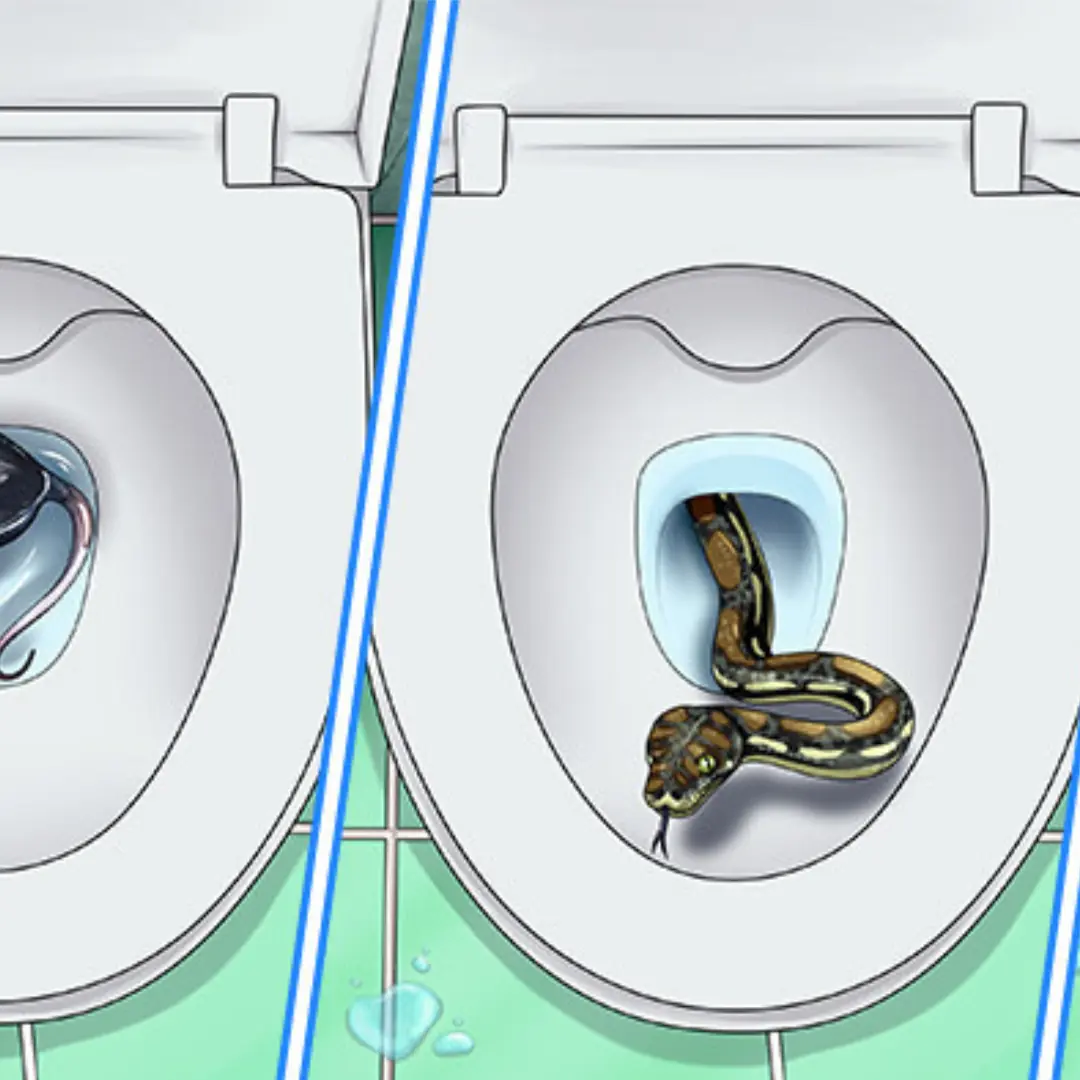
7 Terrifying Creatures That Can Crawl Up Through Your Toilet — And How to Stop Them
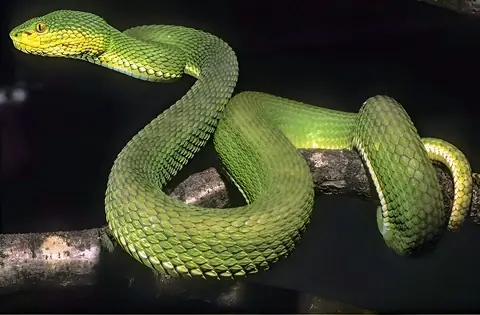
A complete guide to handling snake bit.es: What to do immediately and why it matters
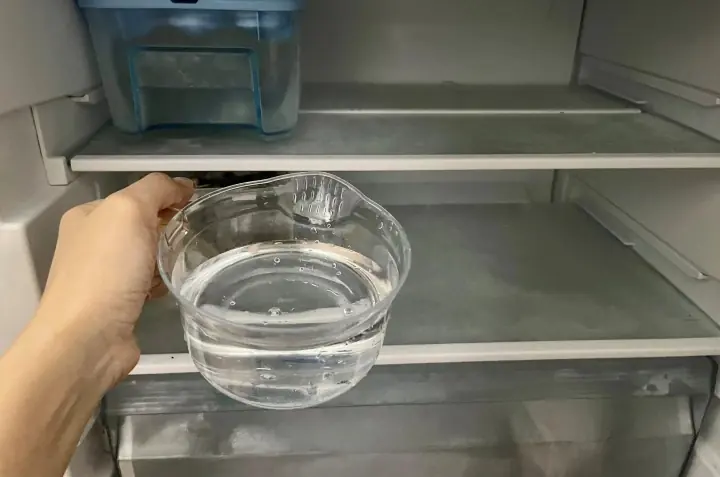
A Simple Nightly Trick That Can Reduce Your Refrigerator’s Electricity Consumption

Eat yogurt at this exact hour — and its weight-loss and skin-boosting effects can double. Most people eat it wrong

Eating one spoon of black sesame (black sesame seeds) a day can bring the body 5 remarkable health benefits

Applying Garlic to the Soles of the Feet for 6 Months: A 56-Year-Old Woman Shocked Doctors With Her Health Check Results
News Post

Oranges Are in Season, but Doctors Warn: Never Eat Oranges With These Three Types of Foods

Stroke Actually Sends Warning Signals Up to 90 Days in Advance — Sadly, Few People Notice in Time to Prevent It

3 sprouting foods with remarkable health benefits

Put an empty plastic bottle in the washing machine — the person who invented this hack must have sky-high IQ
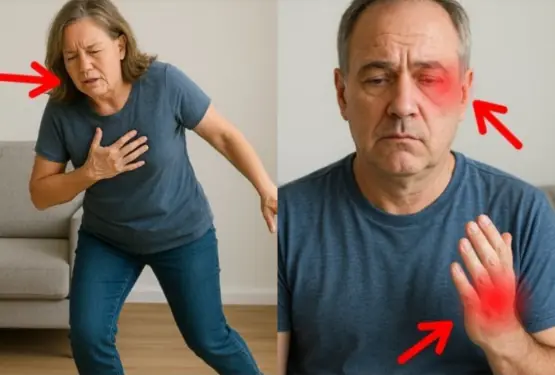
10 Stroke Warning Signs You May Notice 1 Month Before It Happens
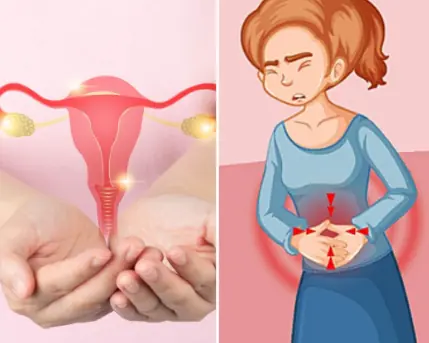
8 Early Warning Signs Of Ovarian Cancer You Shouldn’t Ignore
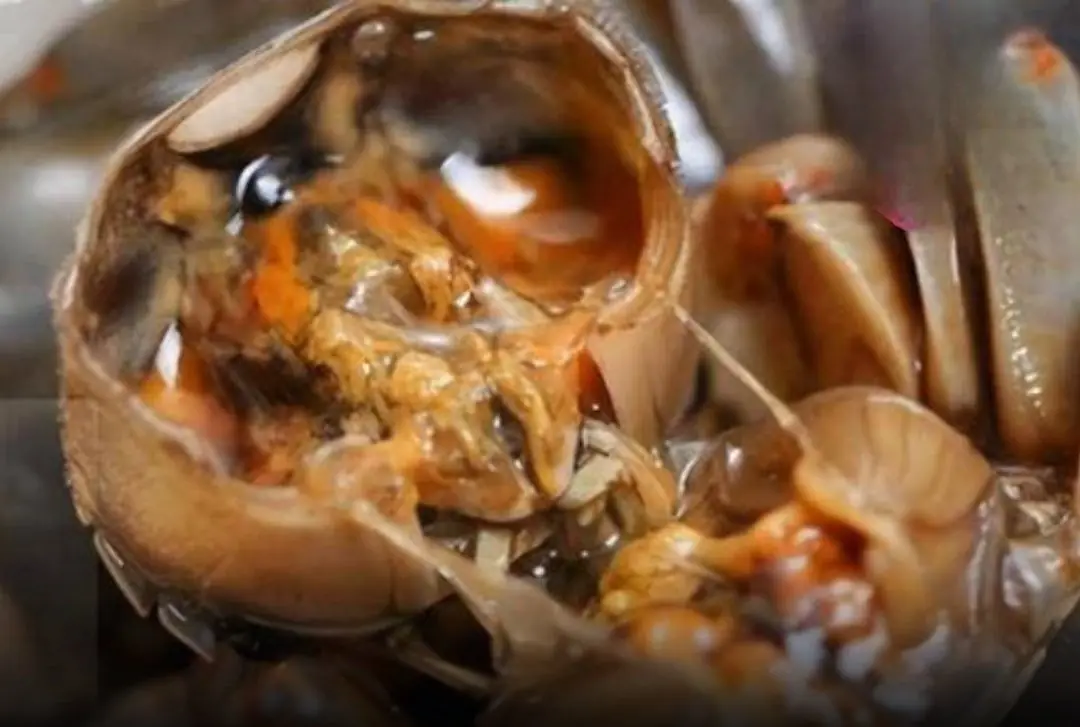
These 4 Foods Are Full of Parasites
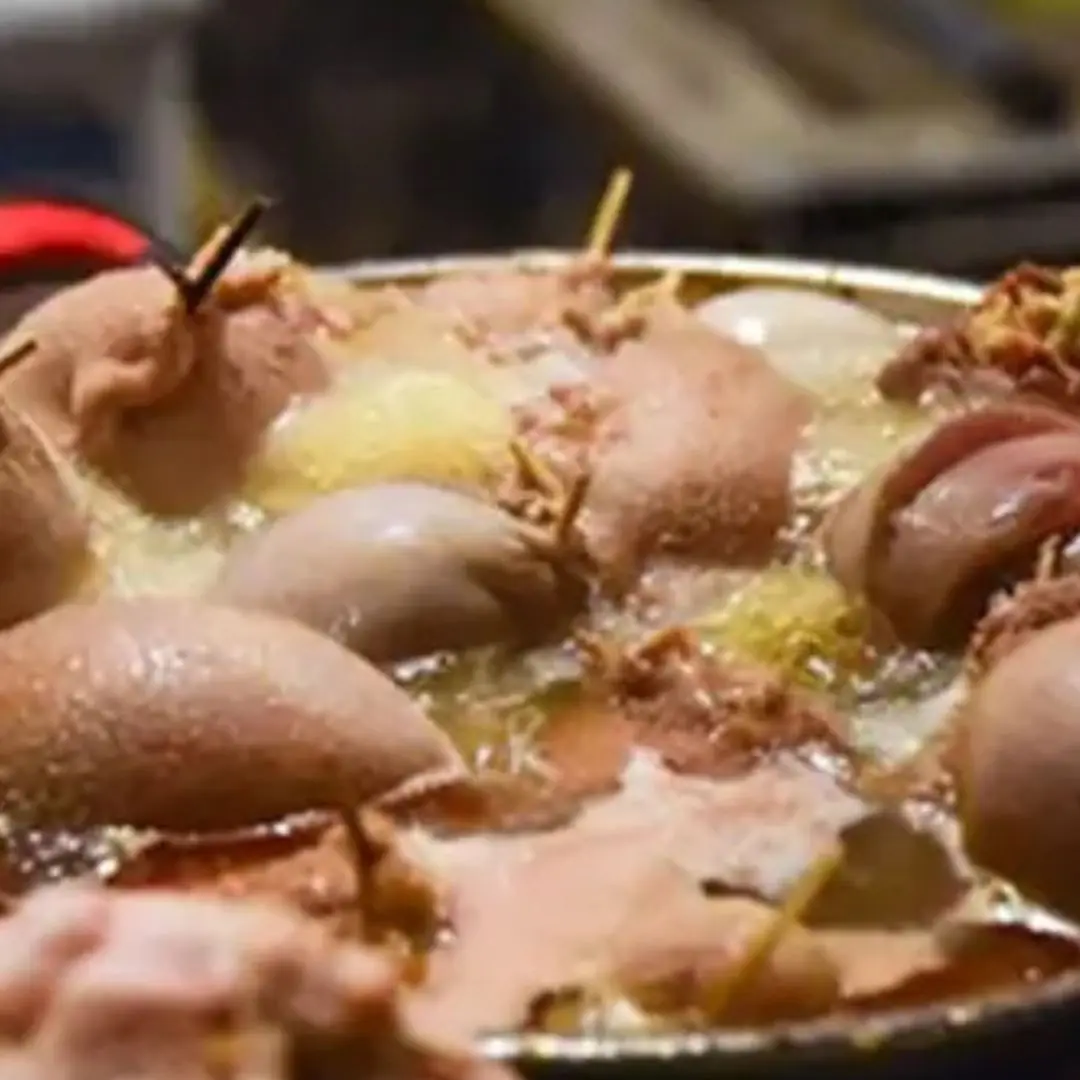
Doctors Warn About 3 Foods That Harm the Kidneys When Consumed in Excess
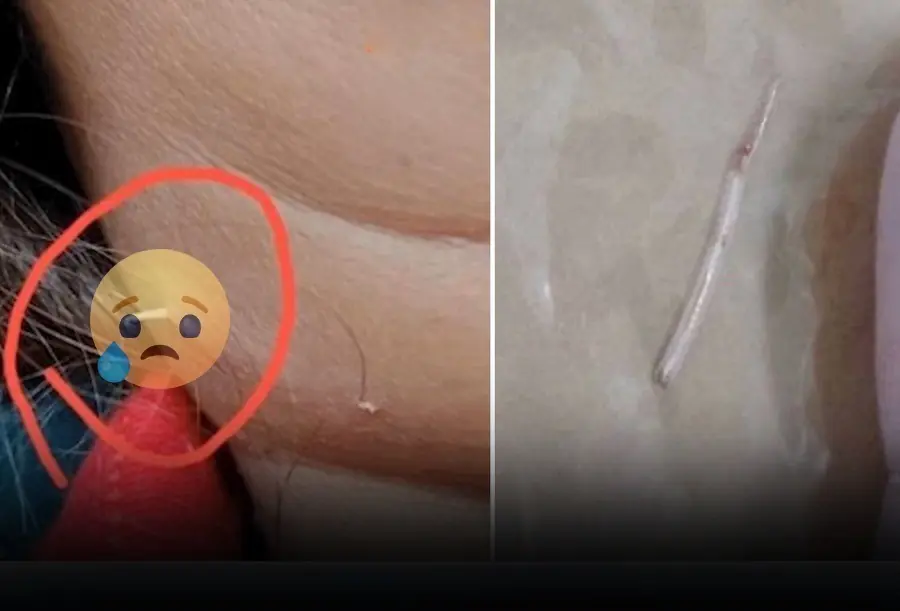
Neck pain, woman shocked to see something sticking out

Drink these 3 types of tea in the evening to improve sleep quality and support belly-fat reduction

Avoid ginger if you have these 5 health problems..

Say goodbye to heartburn — this drink helps soothe acid reflux fast

Why Are Can:cer Cases Increasing? Warning: 6 Vegetables That Naturally Contain To.xins

The Vegetable That Helps Reduce Sugar in The Body. It is Diabetes’ Strong Opponent

This Surprising Hack Could Save You Thousands

5 Foods You Should Never Keep Overnight
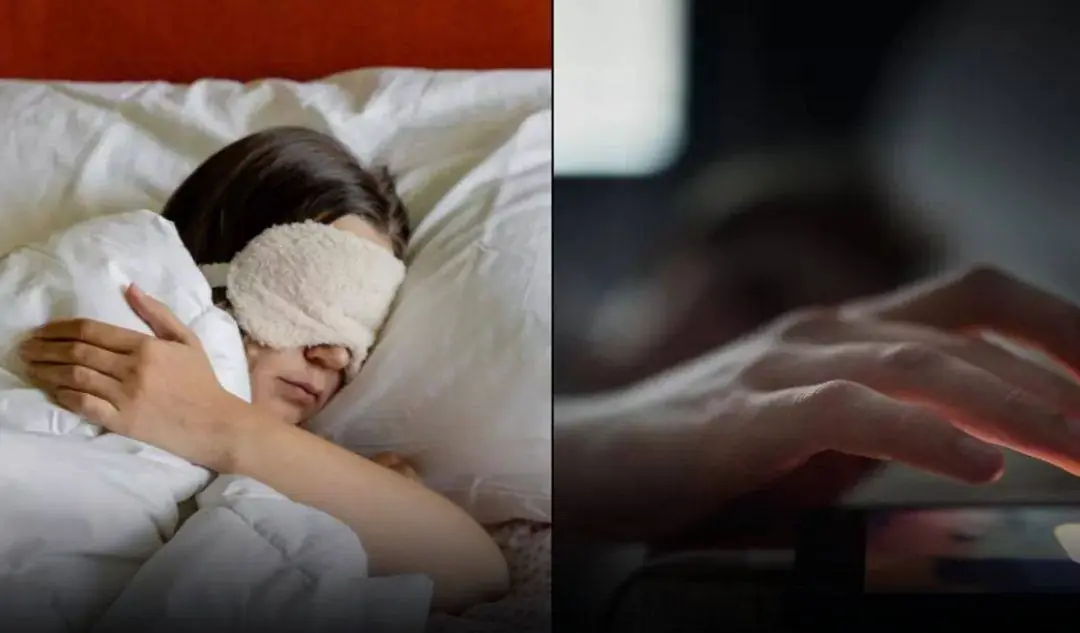
This one common morning habit could wreck your sleep—experts say skip it.
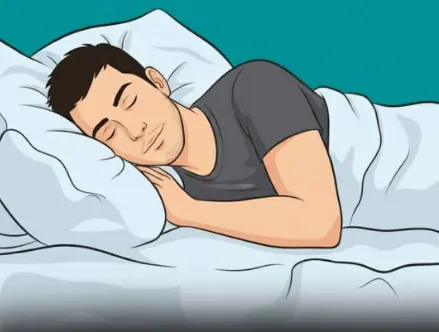
Important News for Everyone Who Loves a Daytime Nap

Kidney dis.ease cases linked to bottled water are rising every year! Doctors warn to avoid these 4 drinks at all costs
